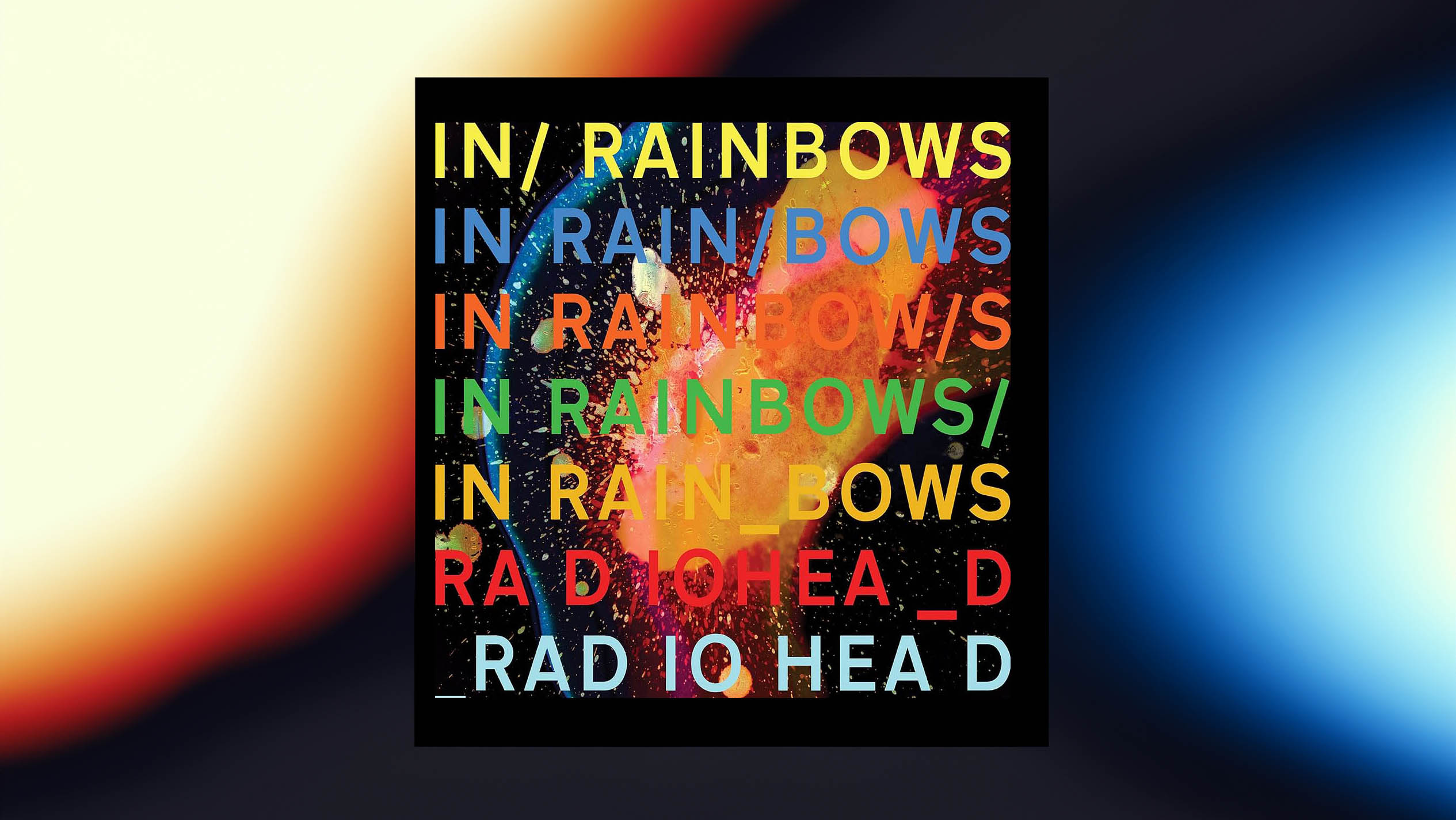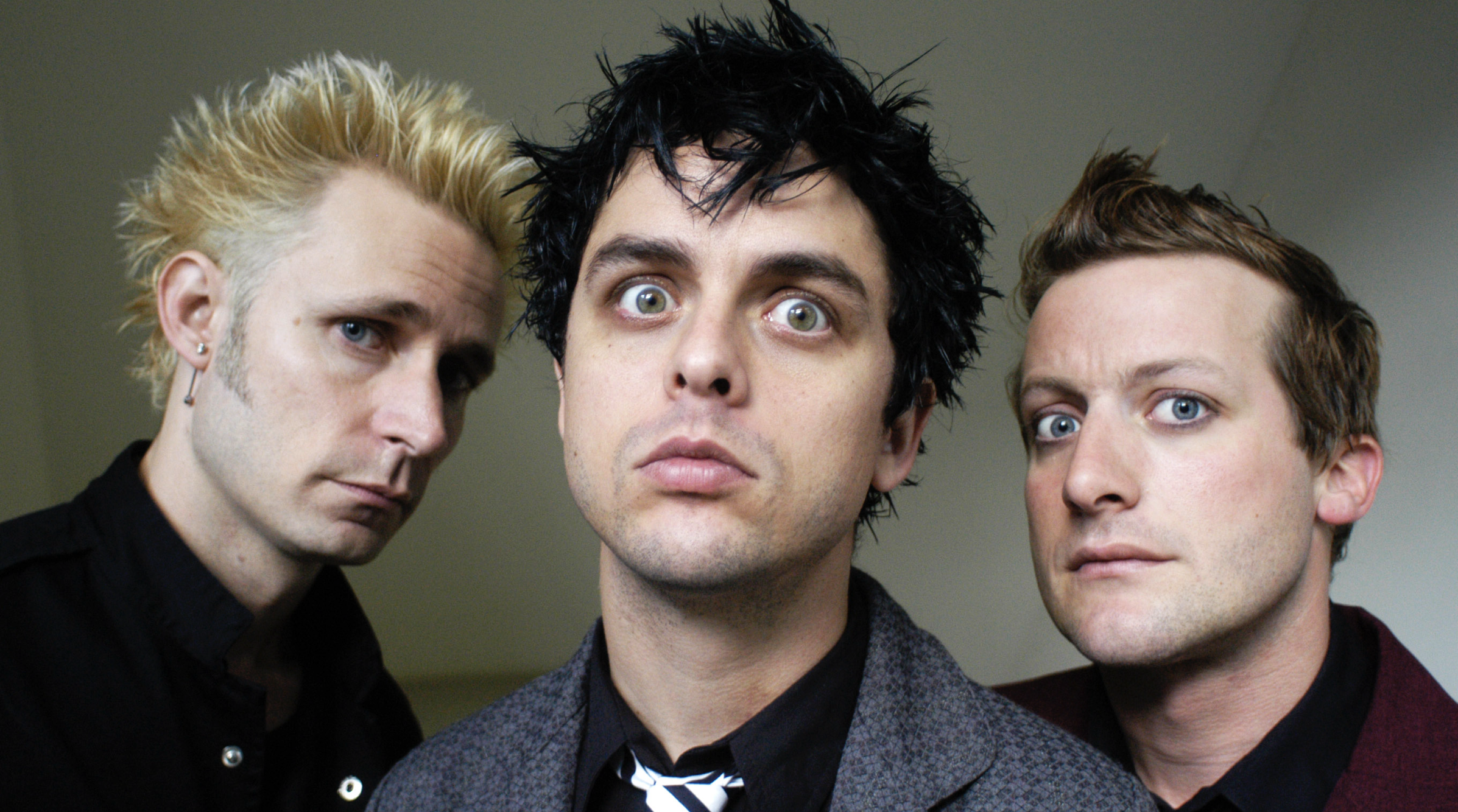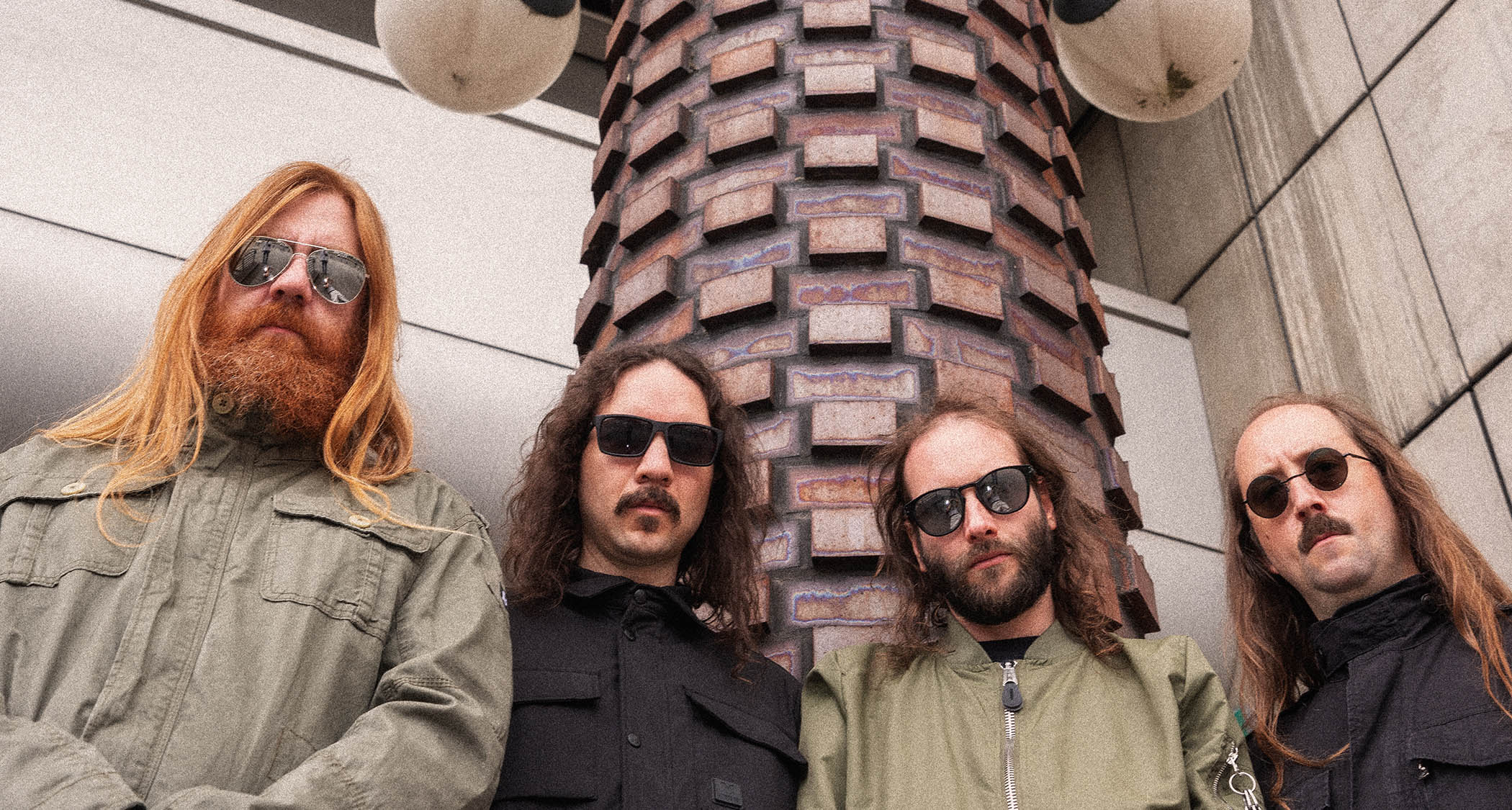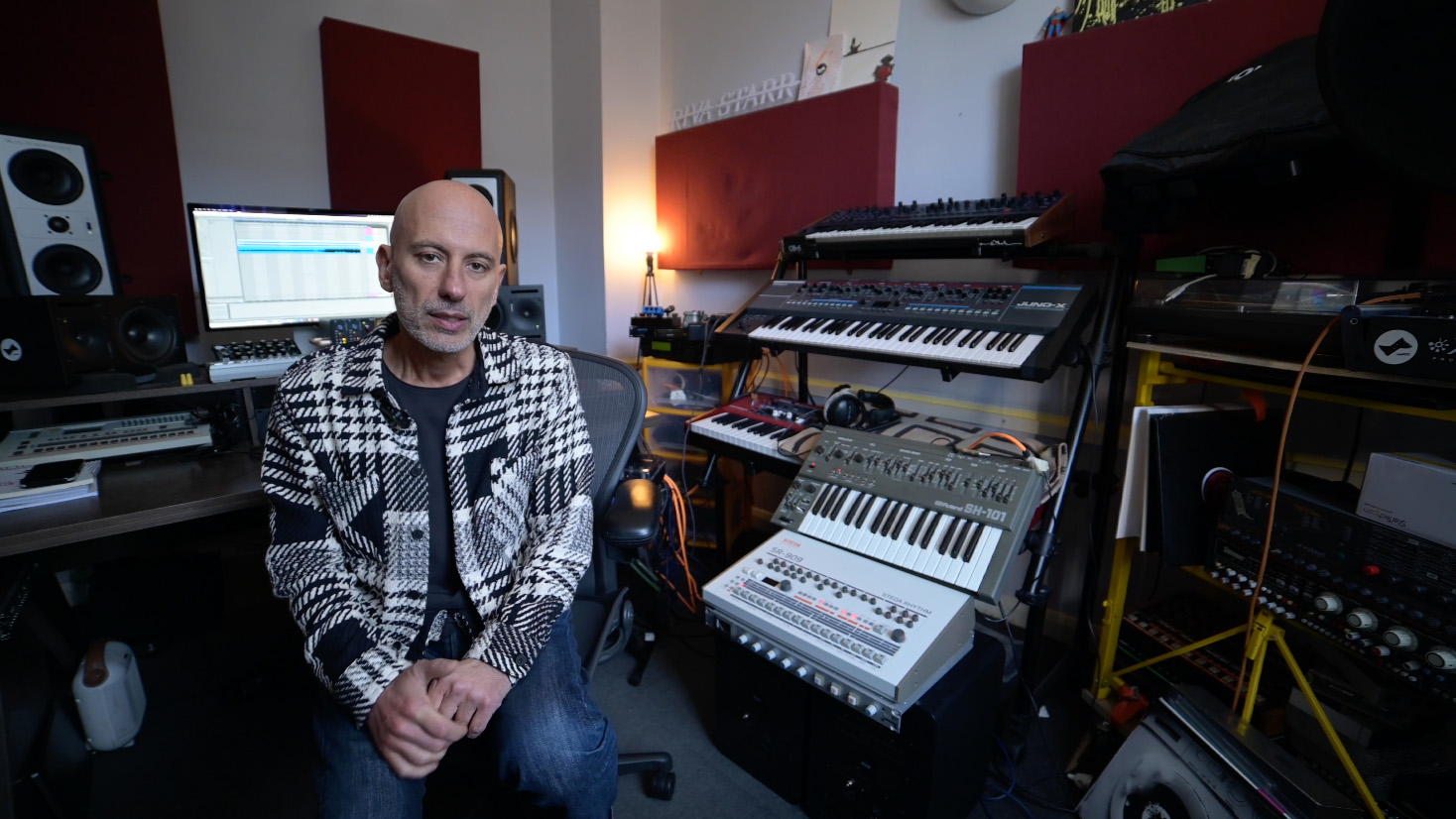“It’s radical. It’s like magic. I get chills”: How Rick Rubin’s philosophy of chance led System of a Down to the first metal masterpiece of the 21st century
It’s one of the biggest streamed metal songs of all time, but what role did the hand of fate play in its origin?
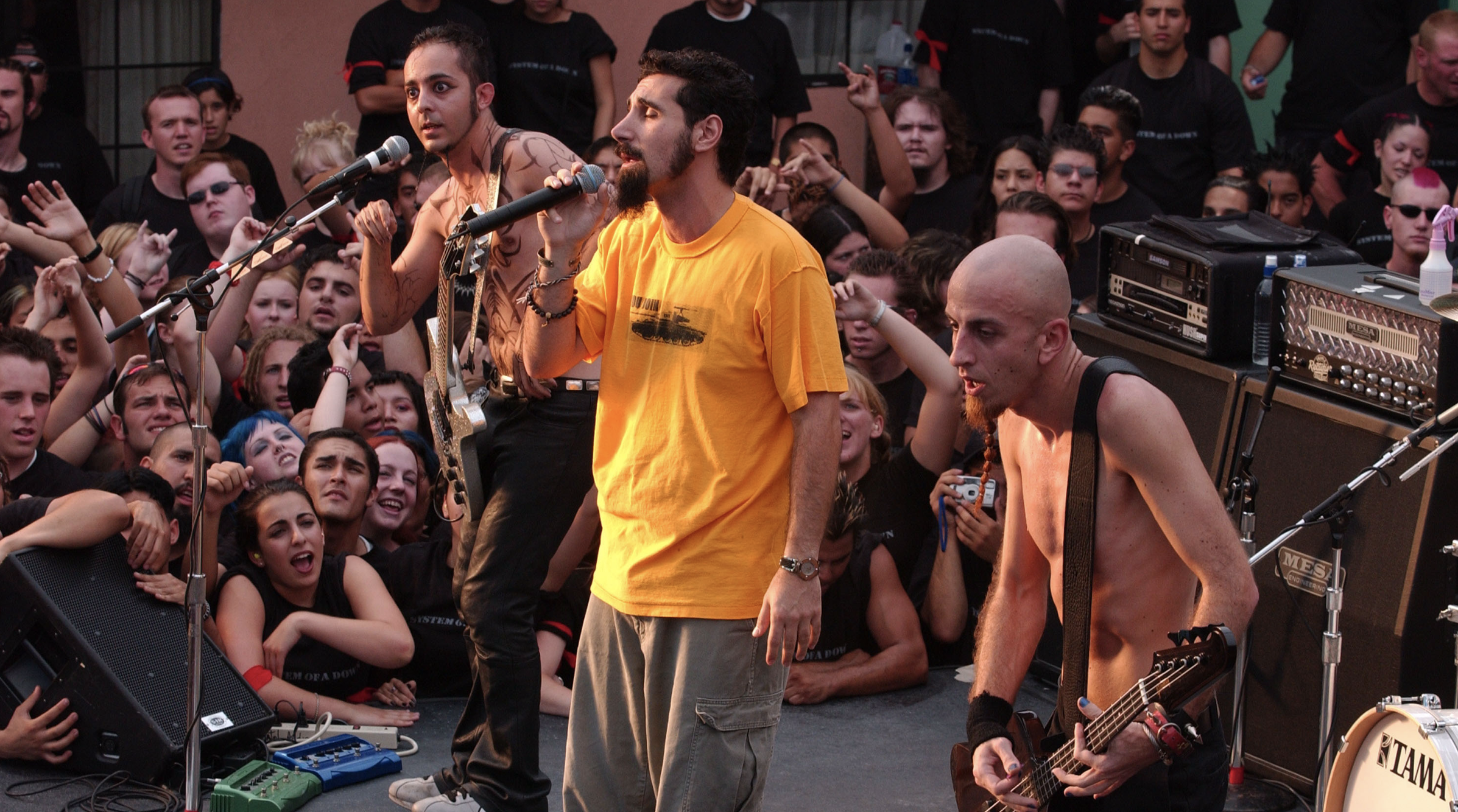
The horrendous terrorist attacks of September 11th 2001 would close the book on 20th century certainty. Its incensed retaliation - the Bush administration’s 'war on terror’ - signalled to the youngsters born within its closing decades, that division, exceptionalism and confusion were set to prevail as the 21st century unfolded.
A mere month prior to that momentous day, a piece of art that appeared to anticipate this dawning new age permeated the airwaves.
The brilliantly bizarre Chop Suey! By System of a Down was an intensely heavy, mosh-pit-stoking metal monolith, yet its peculiarity and musical vibrancy reeled in listeners who'd typically steer well clear from a down-tuned guitar.
Hearing the song after that epochal September day, its fiery cauldron of visceral emotions - and the band’s forthright anti-imperialist attitudes - led many to hail it as prophetic.
This was bitterly underlined by the song’s parent album sitting atop the Billboard 200 chart on the day the towers fell. Censorship of the song in the wake of 9/11 by radio station Clear Channel only served to underline the link further.
But, as the band have frequently stated, this was obviously coincidental - and regretful.
Yet a small pinch of magic did play a vital part in Chop Suey!'s creation…
The Song: System of a Down: Chop Suey!
The Magic Moment: The whole thing is a cyclone of thrills, but, like Rick Rubin, we get chills listening to that chance-inspired middle-eight at 2:28
The Origin
Flying in the face of convention was nothing new to the Los Angeles-based System of a Down. Across their 1998 self-titled debut, hulking yet nimble riffs, Frank Zappa-esque vocal outlandishness and abrupt lurches between wildly different song sections established a ferocious yet playful voice.
While the band's lyrics were often coated in a cartoonish whimsy, a boiling political subtext coruscated through the record’s finest songs.
This rose to the fore on some of the record’s strongest moments, such as War?, Suggestions and P.L.U.C.K.
System’s members, Serj Tankian, Daron Malakian, Shavo Odadjian and John Dolmayan all had a shared Armenian descent, with lead vocalist Tankian being a passionate political firebrand even prior to the band's formation.
“I was an activist before becoming an artist,” Tankian told The Guardian in 2021. “As my bullhorn became louder, through the success of System of a Down, my messages became more pronounced and wider-spread, and so did the repercussions.”
Get the MusicRadar Newsletter
Want all the hottest music and gear news, reviews, deals, features and more, direct to your inbox? Sign up here.
While the debut established SOAD as a uniquely special - but still pretty niche - offering, the follow-up would cement the idiosyncratic four-piece's place in the pantheon of rock history.
It would spawn a song which our sister title Metal Hammer would dub the greatest song of the 21st century.
Who are we to argue with them? (We daren’t, Ed)
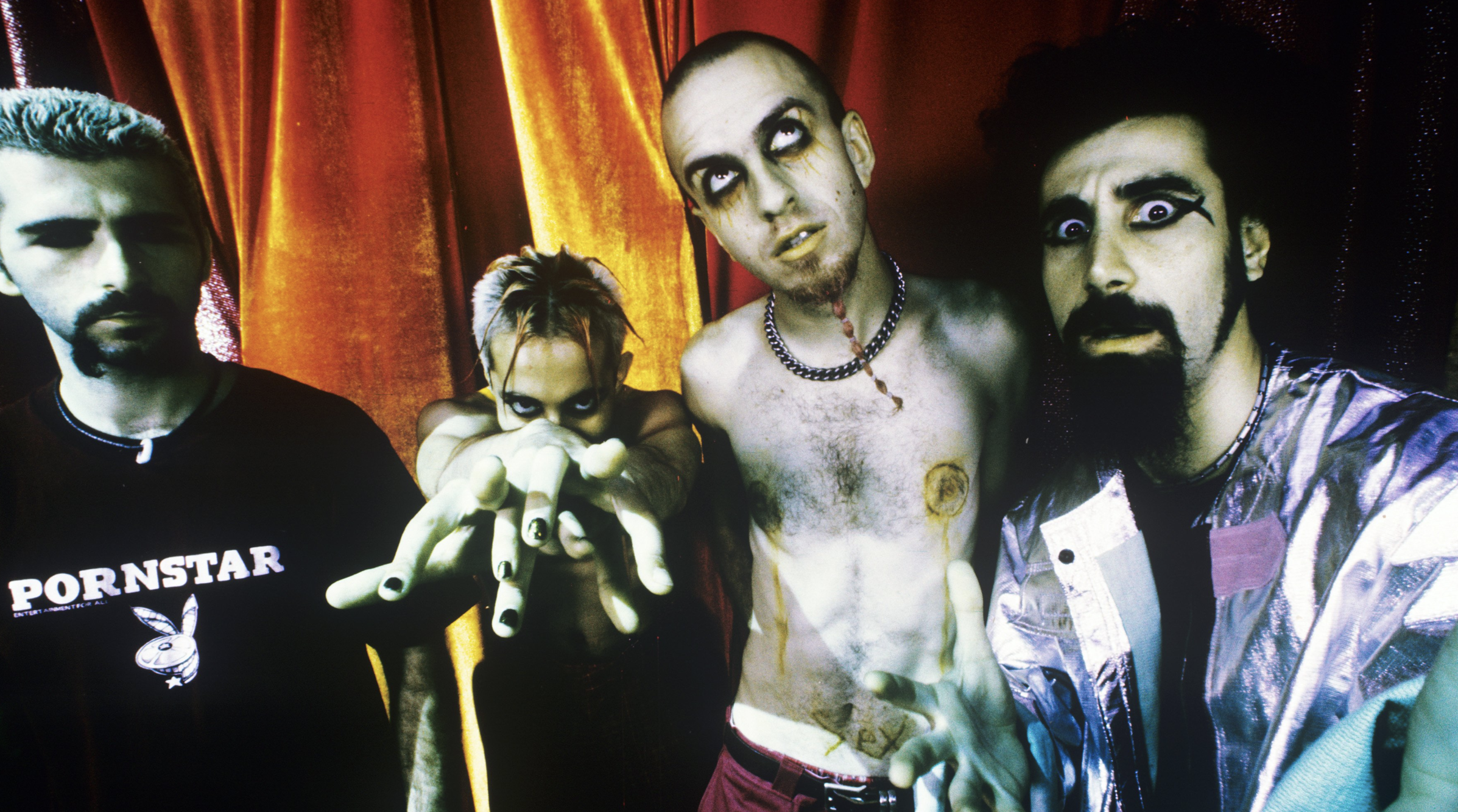
Originally dubbed ‘Suicide’, Chop Suey! was first sketched while the band was on the road during the tour for their first album.
Guitarist and musical lynchpin Daron Malakian’s starting point was a folky acoustic chord progression, rolling between Gm, Am, F and Eb.
Rustled up in the back of the band's RV. This sketch formed the crux of song’s intro and later, became the foundation for its euphoric chorus.
"Writing is something we always do,” Malakian told MTV2. “It’s not something necessarily for an album, we just do it all the time”
With enough ideas forming to begin work on album #2 - later to be titled ’Toxicity’ - System of a Down intended to showcase more musical and melodic versatility than on their first. They hoped to inject more of their Armenian musical heritage into their compositions, as well as more incisive political broadsides.
As with their debut, the band teamed up once again with production powerhouse Rick Rubin.
Rubin was already a figure known as both a helmer of epic-scale rock records and an experimentalist who liked to lead artists down new creative pathways.
For Rick, the working relationship with the musically deviant System of a Down was a delight;
“We had a great open honest dialogue,” Rubin told Variety. “Everyone was on the same page as we all wanted to make the very best thing we could and we’re all happy to do whatever it took to get there. The band was coming off a breakthrough debut album and had great momentum going into this project and they knew how much they had grown as both writers and a well-oiled machine from touring so there was an air of confidence and excitement about this new level of power the band was now able to harness."
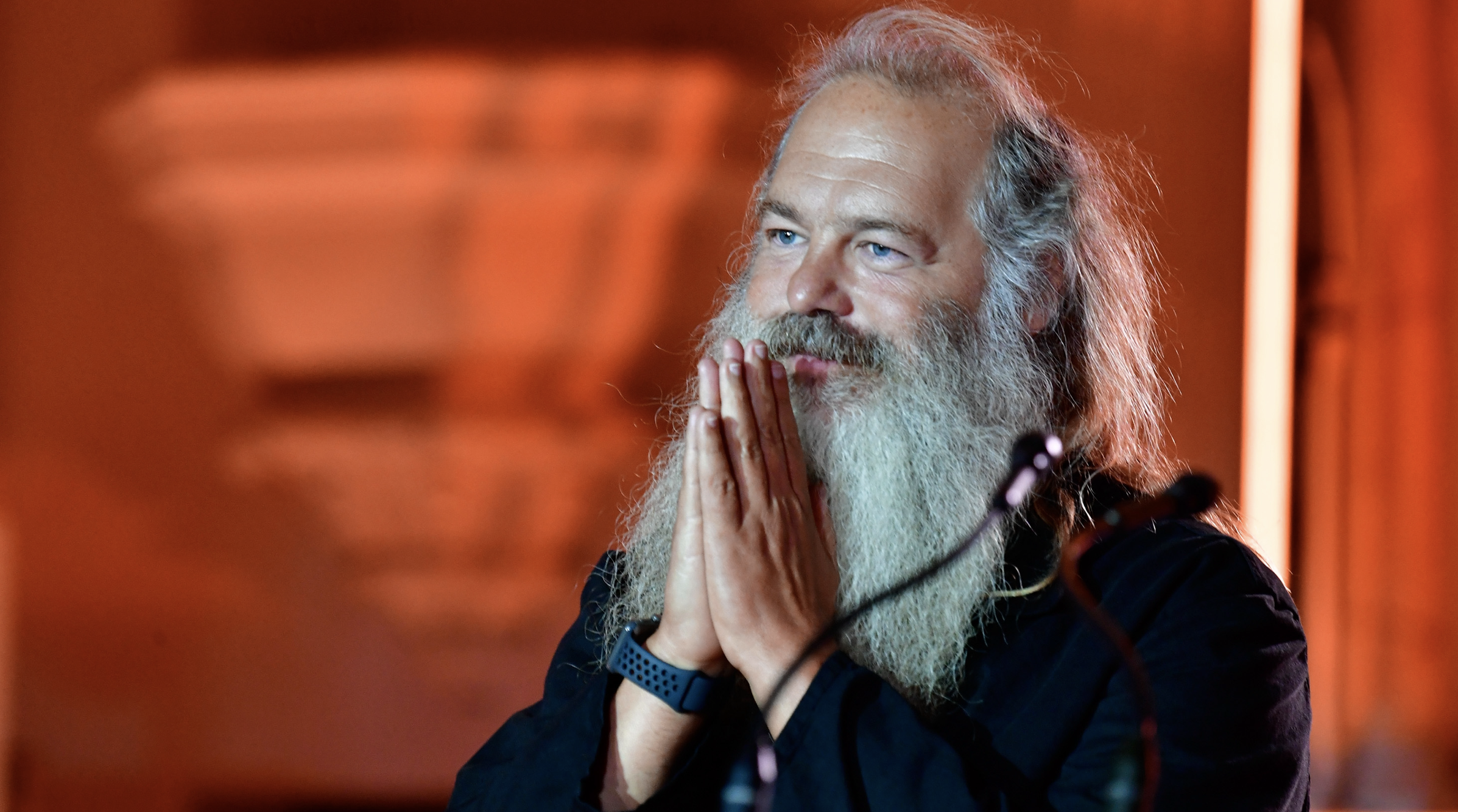
Though it would go on to become one of the biggest metal tracks of all time, Malakian’s initial blueprint was just one of many potential album tracks.
“I didn’t think it would become what it became, not because it’s not good - I love it to death - it just didn’t feel that way at the time,” remembered bassist Shavo Odadjian in Variety
Within the confines of Cello Studios in Hollywood (now known as EastWest Studios), the band and Rubin would often work late into the night on Toxicity's emerging compositions.
Over thirty tracks in all were taped, though many of Toxicity's rejects would later appear on the band’s third studio LP, Steal This Album a year later.
When it came to finally work on 'Suicide', Malakian took the rollocking acoustic guitar chords, and decided to grow it out into an explosive, rock arrangement.
He morphed the wistful-sounding foundation into a multi-headed beast.
As the lurching guitar riff variant of the chord structure reared into its largest state, it suddenly focussed itself into needle-sharp tremolo-picked form - drilling through the arrangement with razor edge precision.
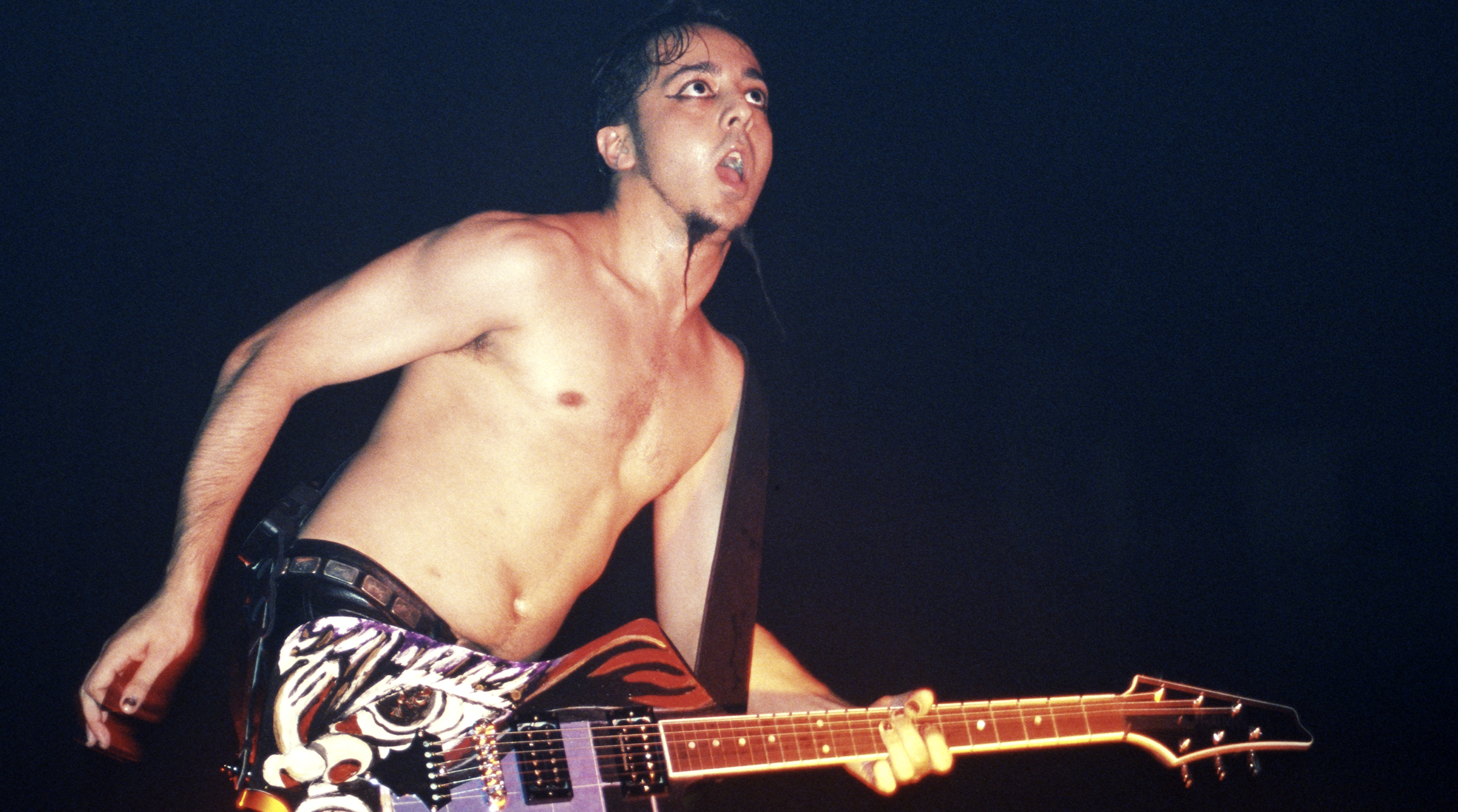
Malakian’s next audacious move was to suddenly halt the developing metal workout mid-flow, hitting that first G minor - riling it up and smashing it into its half-step major shadow - F# - with staccato, gunshot-like power.
An up and down motion between the two chords signalled a tension that would perfectly house the verse lyrics.
With the song’s thematic conceit a loose pondering on mortality (and how people can be negatively judged even after dying) Daron scanned the following lyric into place to form the shape of the back-and-forth vocal he was imagining in his head.
‘Tell me, Tell me what you think about tomorrow
Is there going to be a printed sorrow?
Tell me what you think about the people?
Is there going to be another sequel?’
But these placeholder lyrics would soon be supplanted by a Serj stanza that became iconic almost as soon as the moment he recorded it:
Wake up (wake up)
Grab a brush and put a little make-up
Hide the scars to fade away the shake-up (hide the scars to fade away the-)
Why'd you leave the keys upon the table?
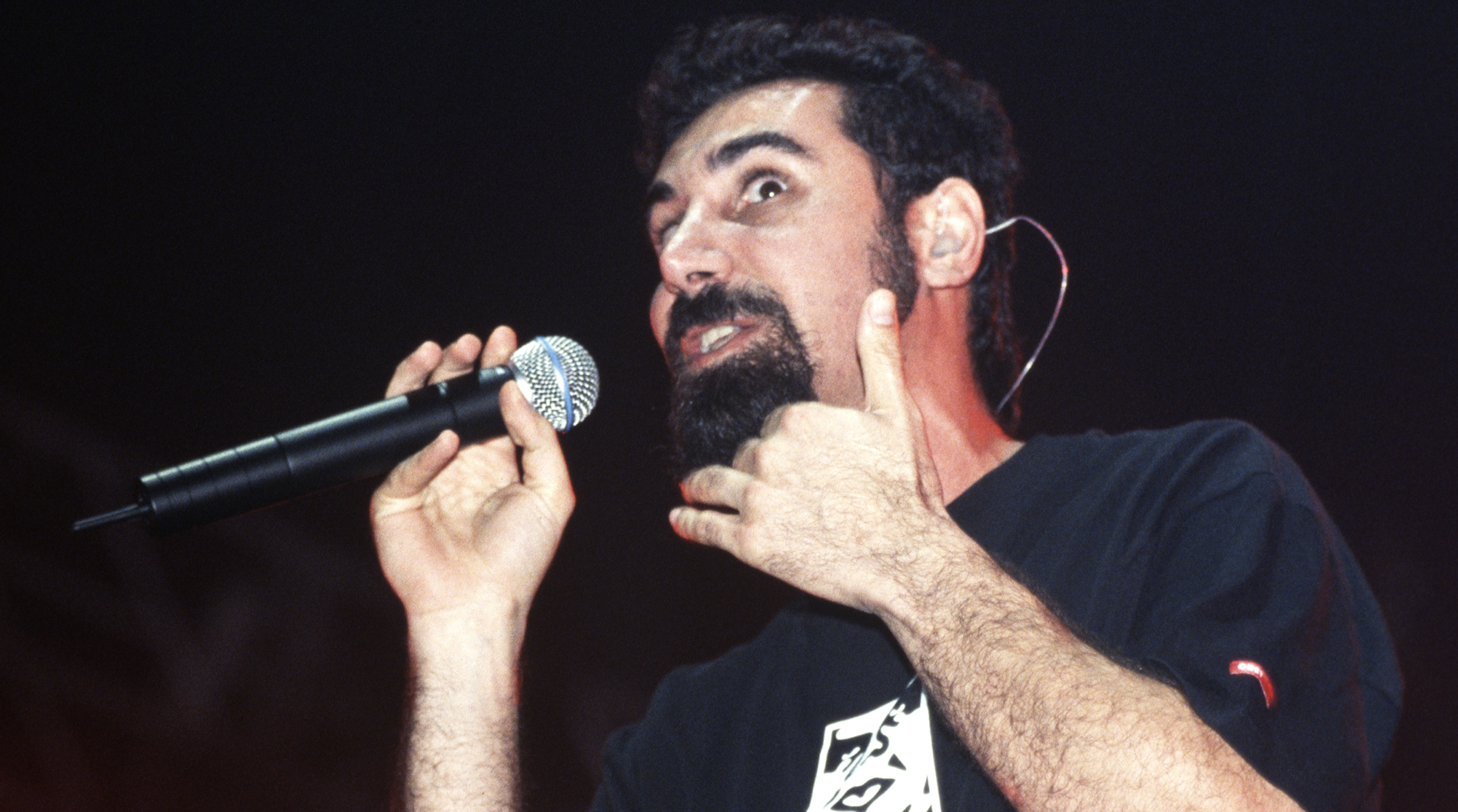
Tankian’s enraged delivery of these deliciously fascinating words neatly slotted into the brawling musical struggle
Then, the arrangement collapsed into a new euphoric incarnation of that introductory chord sequence, with the energy changing to match.
“It has a blast beat, a rock beat, and an almost Journey-like chorus,” drummer John Dolmayan told Vulture.“The drums had to change five times for it to work. Rick [Rubin] taught me how to take a step back and ask myself if what I’m doing actually works for the song, or is it just for my own gratification.”
While it was certainly evolving into something that was notably more special than many of the record’s other cuts, Serj and Daron knew that it didn’t quite yet hold together.
Something important was missing.
Rubin, realising that the band were struggling to lock the song’s many moving parts (now re-titled to the less provocative, gangster-movie referencing 'Chop Suey!'), suggested they change locales.
“We were kind of at an impasse, maybe just tired,” Serj told the VictimsofaDown fan community. “[Rick] said ‘let’s go to my house’. He had a huge library on the wall. Rick said ‘let’s try and experiment, let’s use the ‘universal’ experiment. Open a random book, open a random page.”
Following Rubin's mystical direction, Tankian grabbed the first book he saw. He opened the page and pointed his finger fatefully atop the lines that would finally cement Chop Suey!
Father, into your hands I commend my spirit
Father, into your hands
Why have you forsaken me?
In your eyes forsaken me
In your thoughts forsaken me
In your heart forsaken me
“That became the middle-eight part of Chop Suey!,” Serj continued. “It obviously refers to Christ - ‘Father have you forsaken me?’ and all that stuff. The song took a completely different turn.”
This biblical evocation suddenly gave the song a thematic weight that matched the power of the music.
Was it a riposte to God? a charge against the Christian Right? Or was it just random words coalescing perfectly with the song's pre-existing theme of death and judgement?
“The anger toward God in a way for being forsaken became part of the self-righteous suicide,” Tankian told VictimsofaDown. “[Chop Suey!] just became bigger. You can use the word ‘random’ or you can use the word ‘universal’.”
Rick’s experiment brought the required result.
Chop Suey! was finished - and was elevated onto a higher plane to boot.
Rick Rubin elaborated on the philosophy that lead to his sage-like instruction in an interview on the Joe Rogan Podcast.
“My experience is, when you are open and looking for these clues in the world, they’re happening all the time and they’re happening often right when you need them.”
Rubin remembered the moment when Tankian immediately landed on those words. “That’s what’s in the song, and it’s a highpoint in the song. It’s incredible!” After re-listening to the song, a visibly awestruck Rubin summed the feeling over twenty years on; “It’s radical. It’s like magic. I get chills.”
Why It's Brilliant
Heralding the release of Toxicity by one month, Chop Suey!’s intense guitar-driven energy, gargantuan chorus and quickfire vocal delivery exhilarated the alternative music crowd.
System of a Down suddenly began to occupy that hallowed respected-by-all space recently vacated by Rage Against the Machine.
As an alternative music lover at the time - this writer can remember vividly the sound of that rolling acoustic guitar galvanising to action the rock clubs in my hometown between ’01 and ’02.
Its intellectually-driven aggression, and the outright silliness of its verse was a rare scene unifier.
The metalheads jumped to their feet, but so too did the wallet-chain-toting pop punk crowd. The plaid-shirt clad grunge hold-outs shambled up and even the odd dance music fan who’d wandered in by mistake wouldn't be able to resist throwing some shapes.
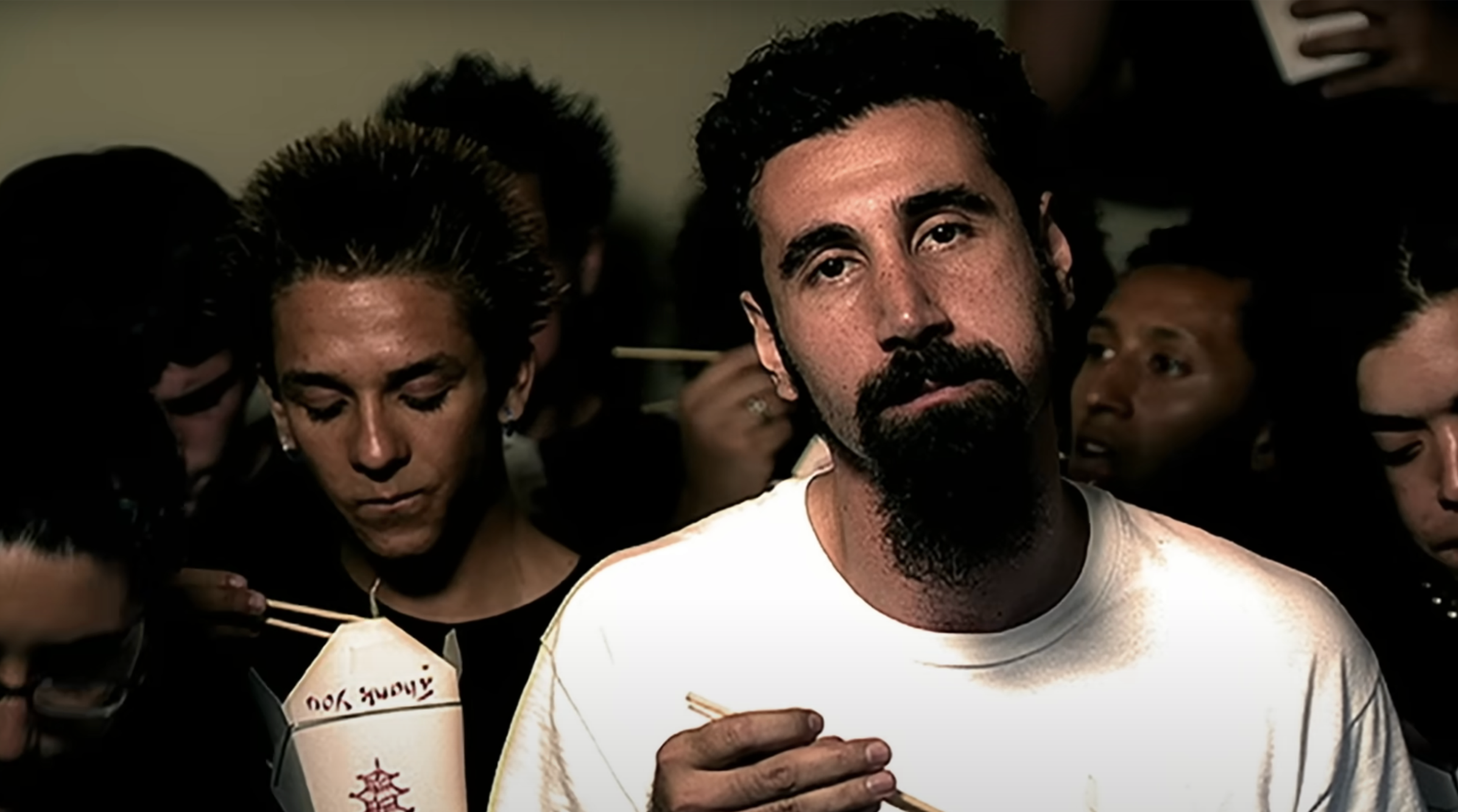
Chop Suey! was many people’s first introduction to System of a Down’s musical universe. Its a blitzkrieg of power - in both a musical and thematic sense, captured best in its superb and equally intense video.
As any MTV2 viewer of the time will tell you, it became inescapable.
While many have since forgotten those surrounding 9/11 connotations mentioned at the start of this piece, Chop Suey! continues to excite, bewilder and move new generations of listeners.
It has since become a pop cultural legend, surpassing 1.4 billion views on YouTube, and sitting comfortably among the most-streamed metal songs on Spotify (with 1.6 billion streams).
Maybe it's because Chop Suey! really does sound like a song infused with magic. And, when you learn about the role the hand of fate played in its birth, it's difficult to not be seduced by the notion that something larger was at play.
“Using the universe to guide you was incredible,” Serj reflected in an interview with 93X Radio. “The way that it worked with the rest of the lyrics was what stunned me.”

I'm the Music-Making Editor of MusicRadar, and I am keen to explore the stories that affect all music-makers - whether they're just starting or are at an advanced level. I write, commission and edit content around the wider world of music creation, as well as penning deep-dives into the essentials of production, genre and theory. As the former editor of Computer Music, I aim to bring the same knowledge and experience that underpinned that magazine to the editorial I write, but I'm very eager to engage with new and emerging writers to cover the topics that resonate with them. My career has included editing MusicTech magazine and website, consulting on SEO/editorial practice and writing about music-making and listening for titles such as NME, Classic Pop, Audio Media International, Guitar.com and Uncut. When I'm not writing about music, I'm making it. I release tracks under the name ALP.
You must confirm your public display name before commenting
Please logout and then login again, you will then be prompted to enter your display name.
“I just treated it like I treat my 4-track… It sounds exactly like what I was used to getting with tape”: How Yves Jarvis recorded his whole album in Audacity, the free and open-source audio editor
"I’ll let y’all know how rehab is. I hear it’s super fun": Drunk on stage - our pick of music’s most legendary under-the-influence performances





